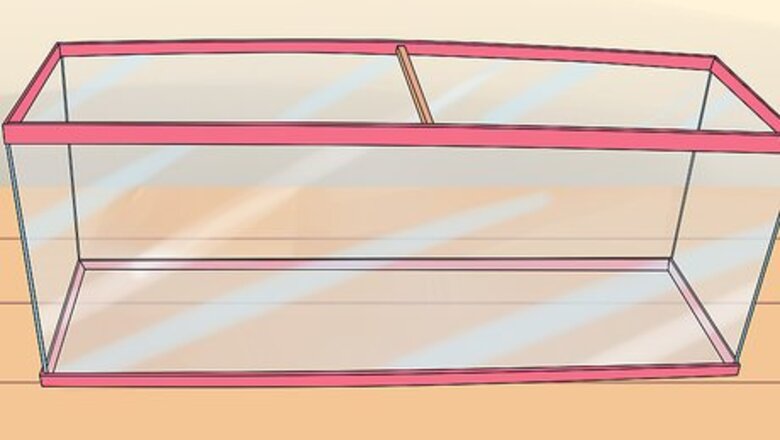
views
Setting up the Carp Habitat

Get a 100-gallon tank. You can purchase a fish tank at the pet store or online or you can use an outdoor pond to create your spawning pool. The larger the tank, the more room the carp will have to move around. An ideal tank for carp is 8x6 ft (2.43x1.82 m) and at least two feet (60.96 cm) deep. Get a tank made of non-toxic materials to promote carp propagation. You can also use an outdoor pond to house your baby carp.
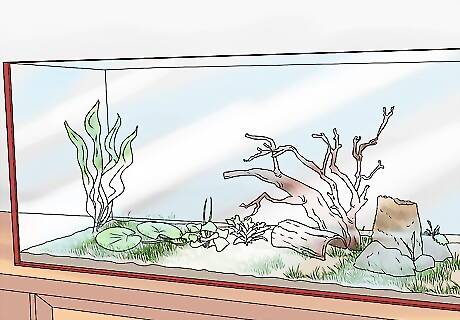
Add organic material to the tank. Fill half of the tank with aquatic plants, bristle brushes, branches, Lilly pads, or spawning sponges. This vegetation will provide oxygen to the water and will give the carp the appropriate amount of shade that they need to stay healthy.
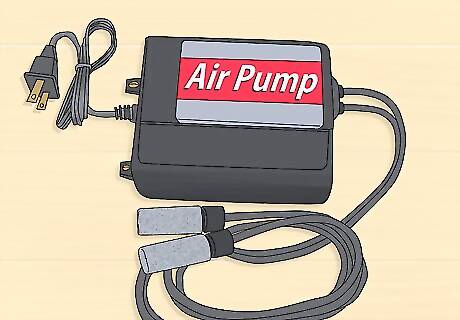
Purchase an air stone or air pump to add oxygen to the water. Baby carp need a lot of oxygen to live. Carp need 5 mg of oxygen for every liter of water in your tank or pond. An air pump or air stone will circulate oxygen into the water. You can purchase an air stone or air pump at the pet store or online.
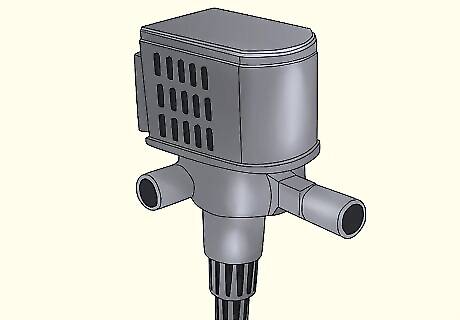
Purchase a filter for the carp tank. Carp create a large amount of waste that can become unhealthy for the fish if your pond or tank is not properly filtered. If you're growing the carp in an outdoor pond, you'll need a large pump filter. If growing the carp indoors, you can use an external and internal tank filter to keep it clean.
Maintaining a Healthy Habitat
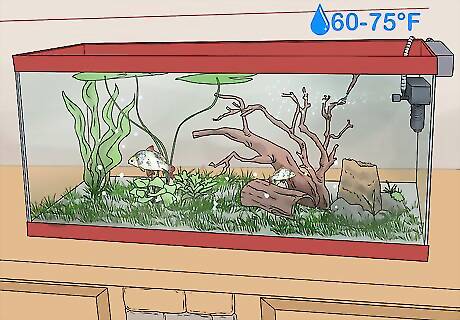
Keep the water at 60-75°F (15-25°C). Keeping the water at a consistent temperature will keep your carp healthy. If you plan on housing your baby carp outside, make sure that the temperature of the environment isn't too cold or hot for the fish. If it's too cold or hot outside, move your carp tank indoors. Make sure that the temperature doesn't dip too low at night. Quickly changing the temperature of the water may shock and hurt your fish.
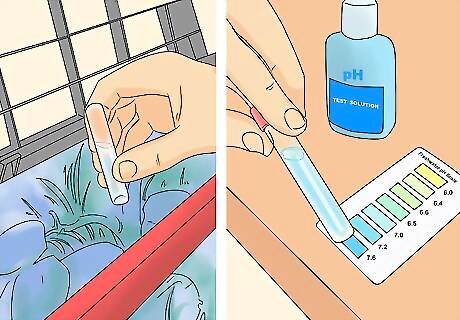
Keep the water's pH level between 6.8-8.2. pH is the acidity or alkalinity of the water and can affect the health of your fish. Carp thrive in neutral water or around 7 pH. You can use a pH meter or pH strips to occasionally test the pH level in your water. To keep a more average pH level, add a calcium carbonate additive in the form of gravel or stones to act as a pH buffer and prevent pH swings in your water.
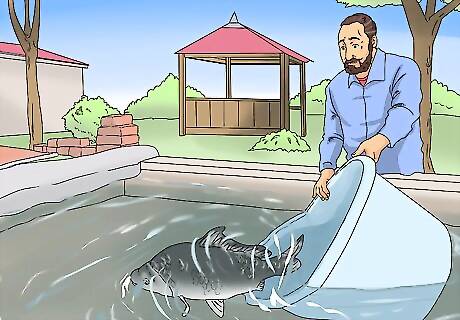
Move the carp to a more spacious habitat once they get bigger. Carp can grow to be up to 20 pounds (9 kg) per fish depending on their species. As the carp start to get bigger and longer, you'll want to transport the carp to a larger tank, or possibly an outdoor pond. You should maintain 10 gallons (37.9 L) of water for every inch (2.54 cm) of fish.
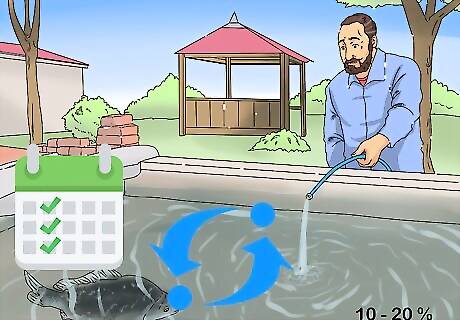
Replace 10-20% of the water once a week. Once a week you should drain around 10-20% of the water from the tank or pond and replace it with fresh water that you get from your tap. Before you put the new water in the carp pond or tank, make sure to treat the water with a chlorine remover because chlorine is harmful to the fish. You can purchase chlorine remover online or at major hardware stores.
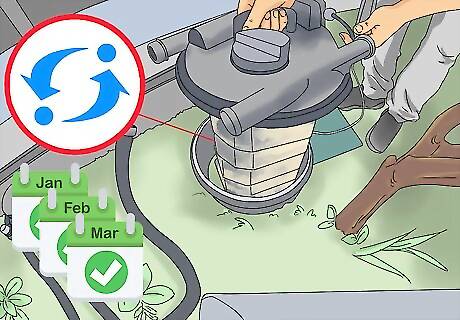
Change filter screens once a month. As your fish grow up and deposit waste in the water, your screen will get dirty. Purchase a new filter screen and dispose of the old one. If you are raising the carp in an outdoor pond, you'll have to regularly clean out any obstructions from the pond's pump.
Feeding Baby Carp
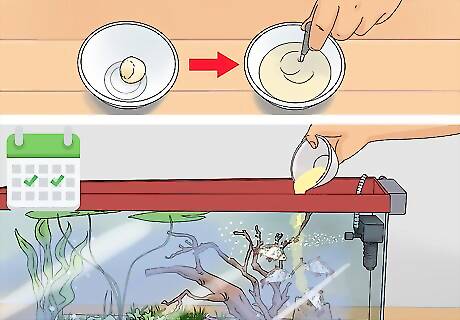
Feed freshly hatched carp hard boiled egg yolk for two days. Hard boiled eggs are a great food for young carp. Place the yolk of hard boiled eggs in a bowl with one cup (236.58 ml) of water and mix the yolk until it's dispersed in the water. This will be the initial food for your carp hatchlings. Carp hatchlings need a lot of food at first, so feed them three to five times a day for the first two to three days after they hatch. Freshly born carp will be blind and won't be able to see the food. Instead, they feel around the water to find the food.
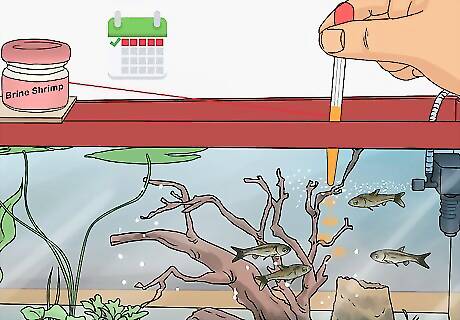
Add brine shrimp to the tank after a week. After a week, the carp should be larger and the egg sac that surrounded them should be completely gone. Purchase newly hatched brine shrimp at a fishing shop and add them to your carp tank. Feed the young carp an eyedropper filled with the brine shrimp one to two times a day.
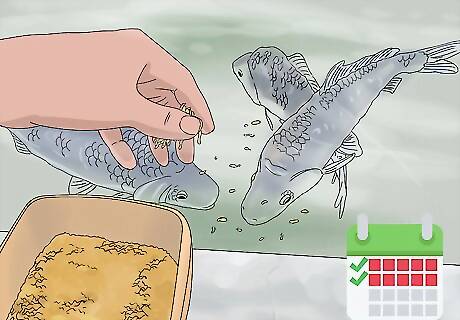
Feed the carp fish food after two weeks. After two weeks, the carp should be big enough to consume traditional fish food in the form of protein pellets. Look online or a pet shop for high-protein fish food, and sprinkle it into your carp tank on to two times a day. Feed the fish in five-minute intervals. When they stop coming to the surface to feed, it's a sign that they are full. Carp take about three years to grow to full adult size.



















Comments
0 comment